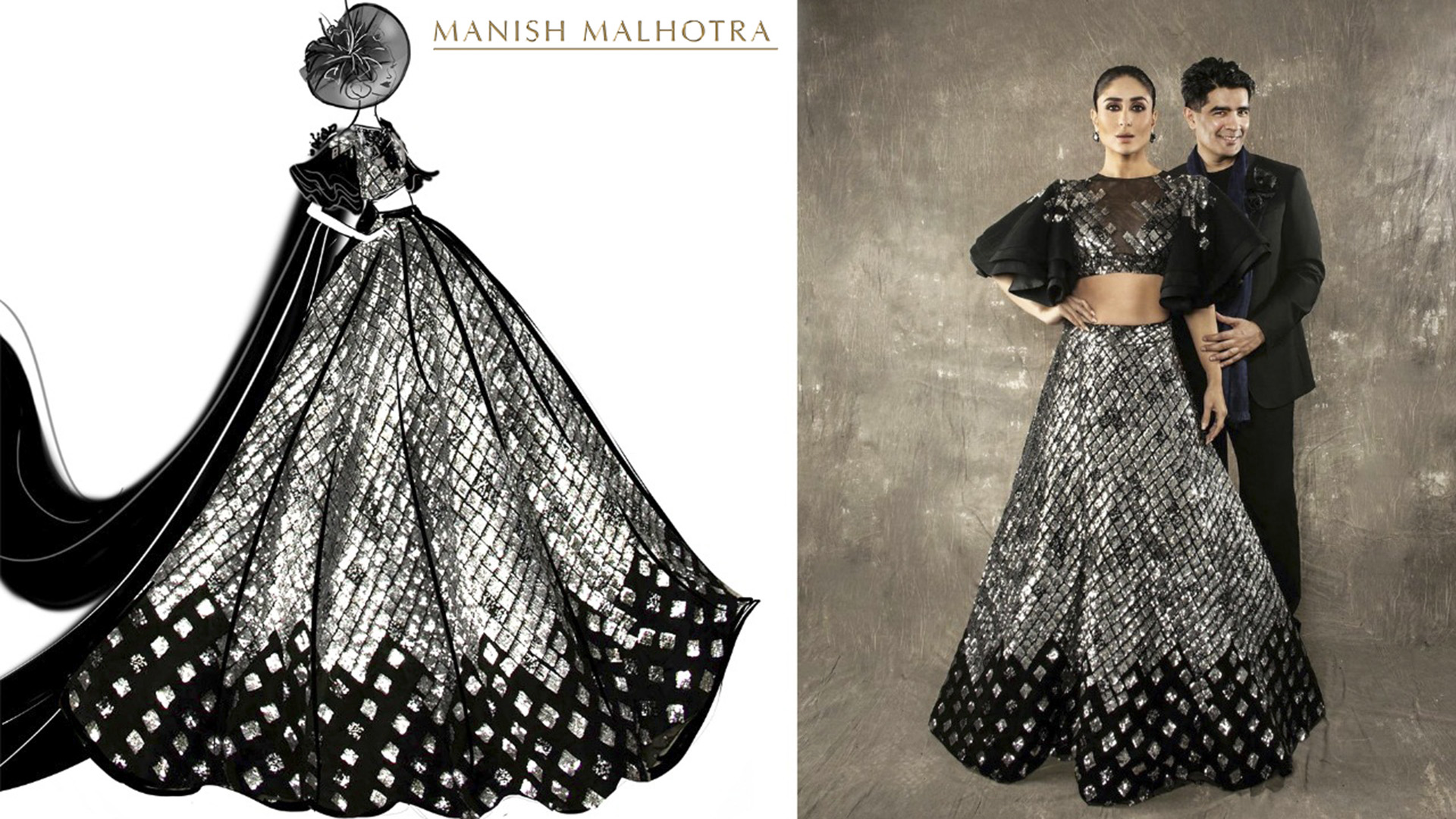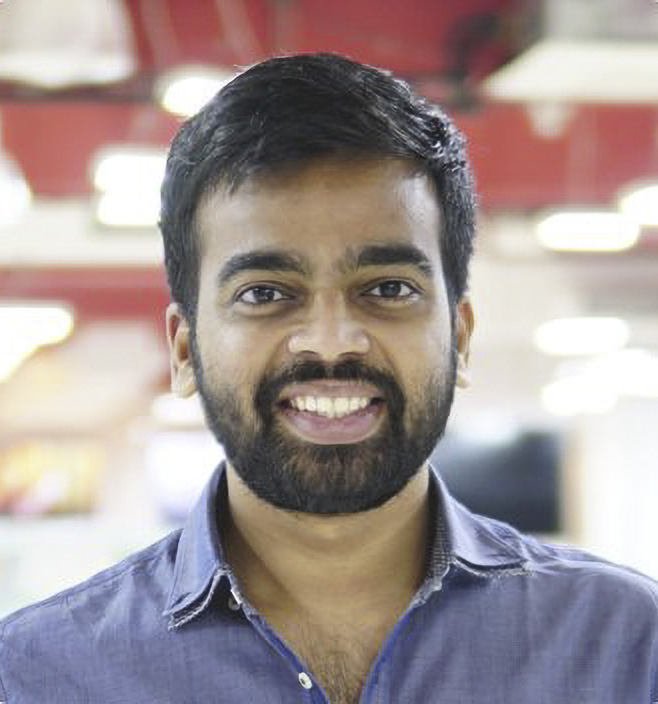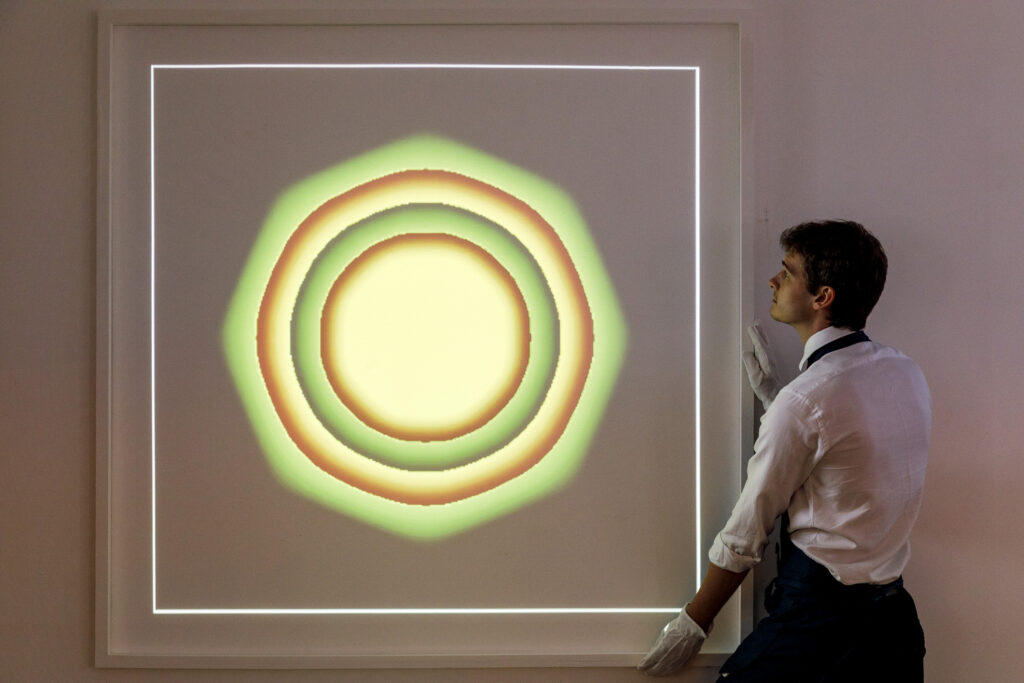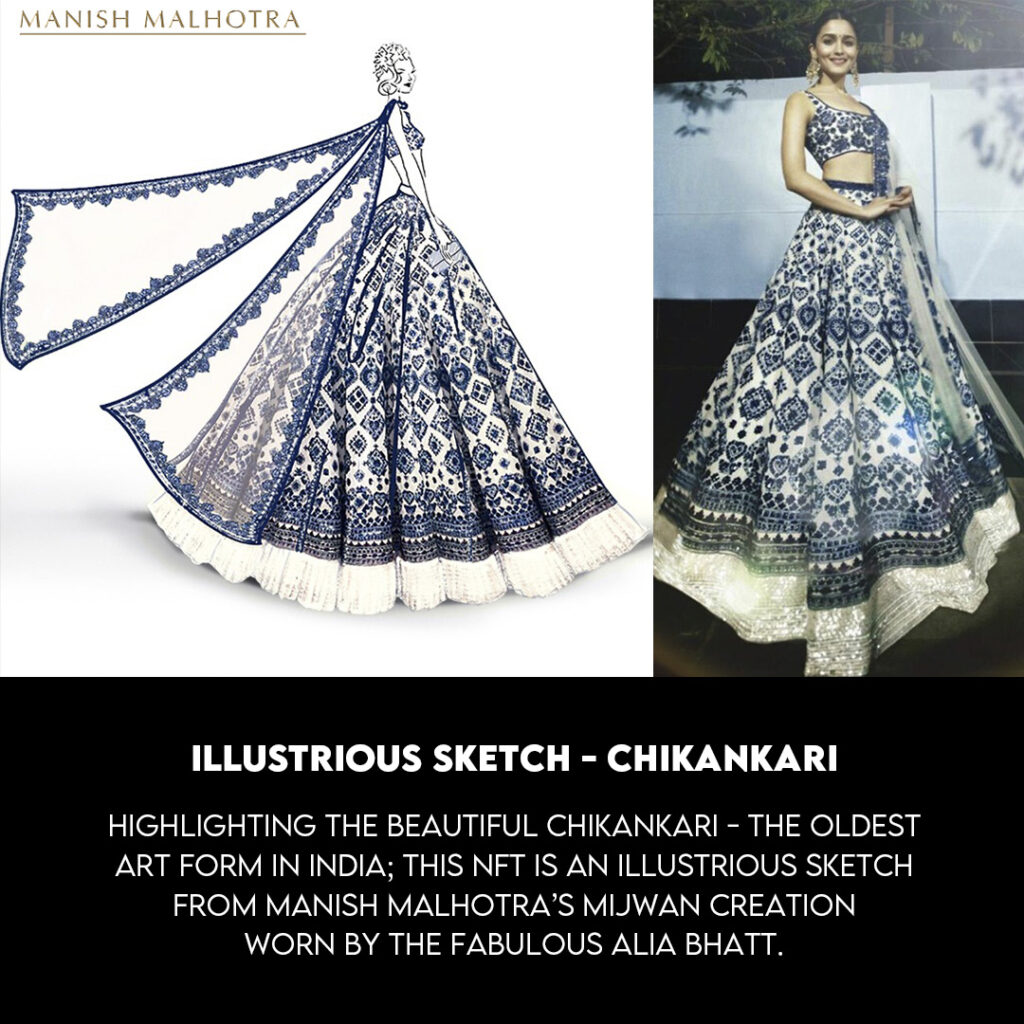
SHIMLA, India — NFTs or non-fungible tokens have become the new unicorn of the fashion world.
Indian Designer Manish Malhotra dropped his NFT collection on WazirX’s marketplace and FDCI x Lakme Fashion Week on Oct. 6, 2021.
Gucci sold its first NFT, a digital drawing inspired by the film Aria, created by Italian designer Alessandro Michele, and Italian-Canadian film director Floria Sigismondi’s film presentation of Gucci’s spring 2021 collection in partnership with Christie’s — the British auction house — early this year.
Burberry, in August 2021, announced its collaboration with Mythical Games (a game technology studio) to launch an NFT collection for its popular game Blankos Block Party.
What are these non-fungible tokens, and why are they taking the fashion world by storm?
“A non-fungible token (NFT) is a unique digital item. The digital item can be art, audio, videos, items in video games, and other forms of creative work,” Nischal Shetty, founder of WazirX, India’s largest crypto exchange started in 2018, told Zenger News.

Shetty has launched a digital marketplace for WazirX where creative NFTs can be purchased and sold.
“The digital art that you create and drop on our marketplace as an NFT can be collected. The creator creates the NFT that can be any real or intangible item, including artwork, virtual items within video games, music, collectibles (e.g., digital trading cards), virtual land, video footage of iconic sporting moments,” said Shetty.
Shetty explains, unlike currency which can be traded for other currencies of the same value, NFT cannot be exchanged. This makes it a one-of-a-kind asset, and its value depends on perceived worth and market events.
“NFTs make the artwork more accessible to the growing income class that deems art as a solid investment opportunity,” said Shetty.
There is a lot of hesitation about investing or selling NFTs, simply because a photo or a screenshot can be taken of the virtual collectible. The virtual collectible’s image then becomes a file sitting in anybody’s computer. But simply a file on your computer doesn’t make you the owner of the NFT. This is because NFTs have digital certification, which acts as proof of legitimacy.

Since NFTs are maintained on an open blockchain, they have an open transaction ledger. An open blockchain is a distributed record of digital transactions shared among multiple participants, each with a stake in the system. Only the participants’ consent can be used to update the ledger, and recorded information cannot be changed. Each recorded event is cryptographically verifiable by the participants’ proof of agreement. Anyone with an internet connection can go through the entire transaction history.
Digital certification adds exclusivity to the purchased item by providing undeniable proof that the token you’ve purchased is genuinely one-of-a-kind and owned by no one else in the world but you. For example, anyone can print Vincent van Gogh’s “The Starry Night”, but the original painting is with The Museum of Modern Art.
Malhotra, who dropped India’s first NFT in the fashion industry, believes in evolving with today’s audience. He says he finds exciting potential in NFTs.
“Due to the digitization of fashion with our in-house couture films, and our virtual store on the MM website, this seemed the appropriate next step to enter the new industry,” Malhotra told Zenger News.
“Blockchain is an ecosystem to drive creators to incorporate NFTs into their business strategy and open avenues to reach a wider audience base.”

Artists have always found it challenging to find buyers and collectors for their art. Malhotra believes that NFTs can end this problem ultimately.
“NFTs could change the rules of this luxury game forever as they are meant to be timeless. Artists can now bank on the ingenuity of their skill since the platform is value-based. Also, it helps you connect with your audience directly,” said Malhotra.
Malhotra collaborated on five special fashion NFTs with WazirX NFT Marketplace and FDCI x Lakme Fashion Week. His collection includes — a 1998 photo of Lisa Ray, a beautiful sketch of a chikankari (delicate hand embroidery) ensemble, a video titled “Reminiscing Runways” from 2013, and a sketch named “Illuminous Showstopper” showcasing a sari from the Bollywood film “Yeh Jawaani Hain Deewani.”
“The five NFTs that we decided to start with was an iconic one, a crowd favorite, a vintage film shot, one which celebrates Indian craft and a candid moment. All of these are close to my heart,” said Malhotra
Namrata Zakaria, an Indian fashion editor, and columnist told Zenger News that it’s brave for Malhotra to venture into the vague but upcoming NFT world.
“Digital art is coming into its own, as is digital fashion,” said Zakaria. “Malhotra’s collection was a great selection of art, photography, and videos. I like how he kept his celebrity designer tag going with each piece connected to someone from the movies — it’s a great way to ensure a sale.”

Out of his Malhotra’s NFTs, a custom-made constellation sketch called the “Illuminous Showstopper” was sold at the highest price. NFT creator and collector Mike Blue purchased it for 3500 WRX. The current currency value of this is INR 2.8 lakhs ($3,753) approximately.
Zakaria says NFTs are fun to play with, but it’s too early to call them a real investment.
“Young enthusiasts are enjoying owning something digital as exclusively their own. I’d love to see more designers create NFTs of their sketches. It would make for some beautiful art. And also new and unseen videos, it’s like owning their exclusive reel,” said Zakaria.
Malhotra, who launched his brands under the name “MM styles Private Limited” 16 years ago, is now looking forward to international expansion. With plans to become a global brand, Malhotra has joined hands with Reliance Brands Limited (RBL), India’s largest private sector company.
“The collaboration with Reliance Brands Ltd. was a natural decision for me, as it represents both Reliance’s astute vision and the family’s deep affinity for crafts and culture. As the brand aims for international expansion, business diversification, and renewed creative growth, there could have been no better strategic partner to accompany us on this journey,” said Malhotra in a press release.

With the partnership, RBL has acquired a 40 percent minority stake in MM styles Private Limited.
Shetty says NFTs in India are helping artists and creators to get away from traditional barriers that limit their career growth. NFTs are a new source of income from an asset that was non-existent earlier.
“The NFT trend is slowly going mainstream in India. It has created a revenue stream for artists and content creators and connects them to a like-minded community who believe in their work and are ready to invest in them and their talent. It is a digital asset that can be used to generate income on the blockchain without impacting any of the artists existing in the physical world or on any other social media platform,” said Shetty.
Edited by Anindita Ghosh and Amrita Das
The post Designer Manish Malhotra Brings NFT To Indian Fashion Industry appeared first on Zenger News.

